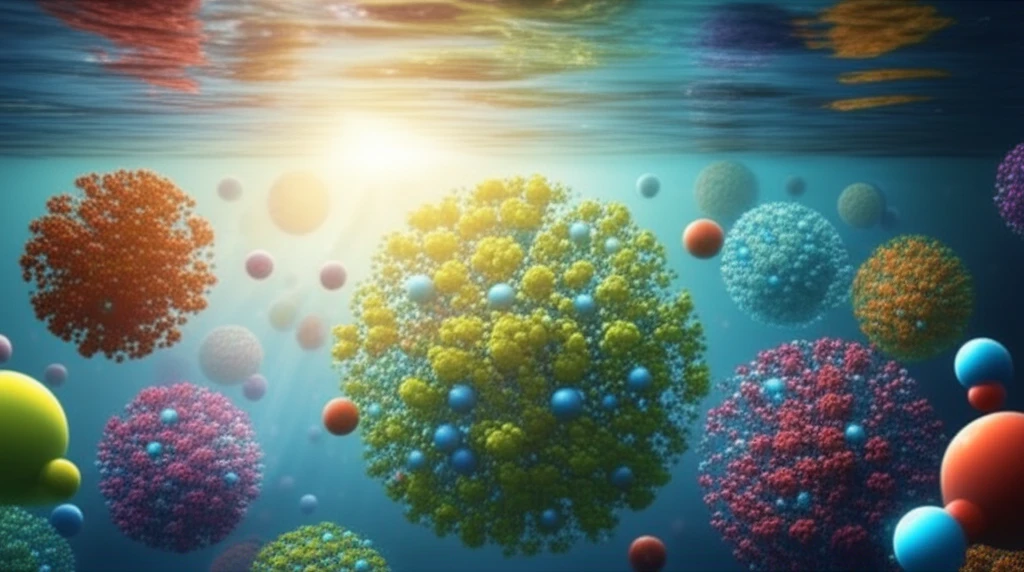
Unlocking Nature's Power: How Tiny Nanocomposites Are Revolutionizing Herbicide Cleanup
"Scientists Develop Cutting-Edge Technology to Decompose Harmful Herbicides, Promising a Cleaner Environment."
In an era marked by environmental awareness, the quest for sustainable solutions is more critical than ever. One of the most pressing challenges is the contamination of our soil and water by herbicides, which can have detrimental effects on ecosystems and human health. But there's good news: scientists are making significant strides in developing innovative technologies to combat this issue.
Recent research has unveiled the potential of tiny nanocomposites to revolutionize herbicide cleanup. These microscopic materials, specifically mesoporous Ga2O3-TiO2 nanocomposites, are proving to be highly effective in breaking down herbicides, such as Imazapyr, into harmless substances. This breakthrough offers a beacon of hope for a cleaner, healthier environment.
This article delves into the science behind these nanocomposites, exploring how they work and the impact they could have on our world. We'll examine the research, discuss the benefits, and consider the future of this exciting technology.
The Science of Nanocomposites: How They Work and Why They Matter

At the heart of this innovation lies the concept of photocatalysis, a process where light energy is used to trigger chemical reactions. The mesoporous Ga2O3-TiO2 nanocomposites act as catalysts, accelerating the decomposition of herbicides when exposed to UV light. The unique structure and composition of these materials are key to their effectiveness.
- Increased Surface Area: The porous structure of the nanocomposites provides a significantly larger surface area for herbicide molecules to attach to.
- Efficient Light Absorption: Ga2O3 and TiO2 components efficiently absorb UV light, initiating the photocatalytic process.
- Enhanced Reactivity: The generated electrons and holes accelerate the breakdown of herbicide molecules.
- Stability and Durability: The crystalline structure of the TiO2 and the presence of Ga2O3 ensures the long-term effectiveness of the nanocomposites.
A Brighter Future for Our Environment
The development of mesoporous Ga2O3-TiO2 nanocomposites represents a significant step forward in environmental science. As research continues and the technology matures, we can look forward to a future where innovative solutions help protect our planet from harmful pollutants. This is just one example of how science is working to create a healthier and more sustainable world for us all.
